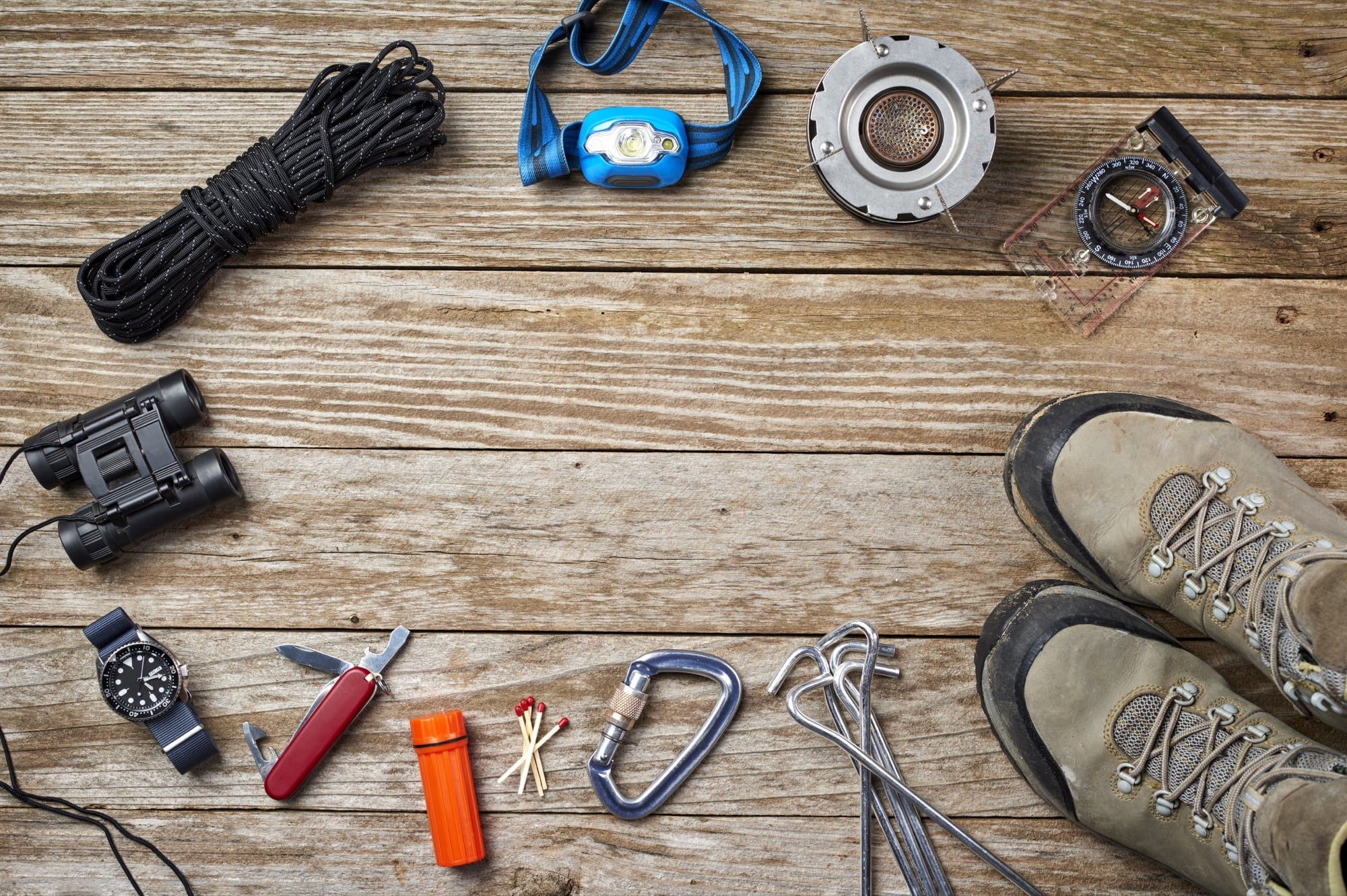Finding your heading when exploring the outdoors is a valuable skill in a survival situation. You can make a DIY compass at home quite easily, but bear in mind that you’ll need to be more resourceful in the field than you would at home. If properly prepared, however, you’ll have the necessary tools to make a DIY compass in no time. Here’s a quick guide on how to assemble one, no matter where you are.
Compass Pointer
 A sewing needle, paper clip, or piece of wire that is attracted to a magnet will work — something that contains iron. Aluminum, copper, plastic, and other such non-ferrous materials will not work. The pointer will align itself with the north and south magnetic fields of the Earth.
A sewing needle, paper clip, or piece of wire that is attracted to a magnet will work — something that contains iron. Aluminum, copper, plastic, and other such non-ferrous materials will not work. The pointer will align itself with the north and south magnetic fields of the Earth.
Magnetization
In order to magnetize your needle so it is attracted to the Earth’s magnetic poles, you’ll need to locate a magnet. Rubbing the pointer with silk or wool is an outdoor myth that will render your efforts infuriatingly useless in a survival situation. Anything from powerful neodymium to weak refrigerator magnets will work to magnetize the pointer for a DIY compass. Simply rub the magnet in the same direction along the pointer to magnetize.
Float the Pointer
Now you’ll need to float it your DIY compass in water so that it can rotate freely to find north. You can set your pointer on a leaf, or any other detritus that floats on top of the water (remember, you’ll need to be resourceful when it comes to survival).
 The water should be perfectly still. Use a container or dig a small hole in the ground to make a puddle. A weakly magnetized pointer may not overcome the surface tension of the water to freely rotate. Wind and nearby magnetic fields may also be an issue.
The water should be perfectly still. Use a container or dig a small hole in the ground to make a puddle. A weakly magnetized pointer may not overcome the surface tension of the water to freely rotate. Wind and nearby magnetic fields may also be an issue.
This is something you should absolutely test before you rely on it in the wild. A real compass is a much better choice, but having the skill to make a DIY compass may prove helpful in a survival situation.
Images via Walt Stoneburner, YouTube




